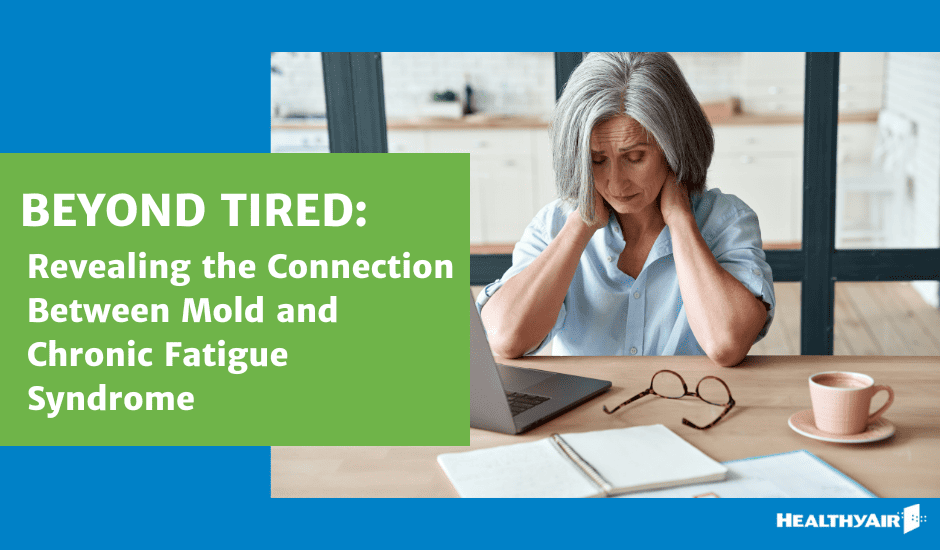Common and Deadly Indoor Pollutant: Carbon Monoxide
When you think about indoor pollutants, one of the most common and deadly is often over looked – carbon monoxide. Carbon monoxide…
Common and Deadly Indoor Pollutant: Carbon Monoxide
When you think about indoor pollutants, one of the most common and deadly is often overlooked – carbon monoxide. Carbon monoxide (CO) is odorless and colorless, but can quickly cause permanent neurological damage and even death.
CO is released from poorly vented kerosene and gas space heaters, leaking chimneys and furnaces, gas water heaters, wood stoves, fireplaces, automobile exhaust, and more. It can enter the home in a variety of ways, including:
- When flues or chimneys become blocked so exhaust cannot be vented to the outside.
- When a fuel burning furnace has a cracked or rusted heat exchanger, allowing combustion gases into the living spaces.
- When fuel-burning space heaters, ovens, ranges or grills are operated in the home without adequate ventilation.
- When car exhaust from an attached garage enters the home.
- When combustion equipment is not working properly and causes incomplete combustion.
- When there’s a negative pressure balance between the inside and outside of the home, preventing adequate venting of combustion gases.
What causes carbon monoxide to build to dangerous levels?
Harmful build-ups of these indoor pollutants can occur when: exhaust from combustion equipment is not vented to the outside of the home, and when combustion equipment is not in good working order and is not regularly inspected for safe operation.
Some homes may have a problem with backdrafting. This is a situation when the air pressure inside the home is less than the air pressure outside, causing combustion by-products from furnaces, water heaters, fireplaces and similar equipment to spill back into the room rather than being vented outside. Backdrafting can also occur when natural draft appliance exhaust is pulled back into the house by mechanical ventilation — like a down-draft kitchen power vent.
Is there a way to detect if my home has carbon monoxide build-up?
Testing air health is important to keep indoor pollutants in check, and there are carbon monoxide alarms you can install, which will alert you to dangerous levels of carbon monoxide. It is important to choose and place an alarm wisely and maintain it to assure accurate sensing of carbon monoxide.
How can I reduce the risk from carbon monoxide?
The most important practice is to keep all combustion equipment well-maintained and inspected for safety. Experts recommend having your combustion heating systems inspected by a trained professional every year. Such inspections should look for blocked openings to flues and chimneys; cracked or disconnected flue pipe; signs of soot around openings in your furnace or boiler; rust or cracks in the heat exchanger; soot or creosote build-up; and exhaust or gas odors.
It is also important to remember to always operate combustion equipment only for its intended purpose, make sure it has been installed correctly, and never use combustion appliances indoors without proper ventilation.



